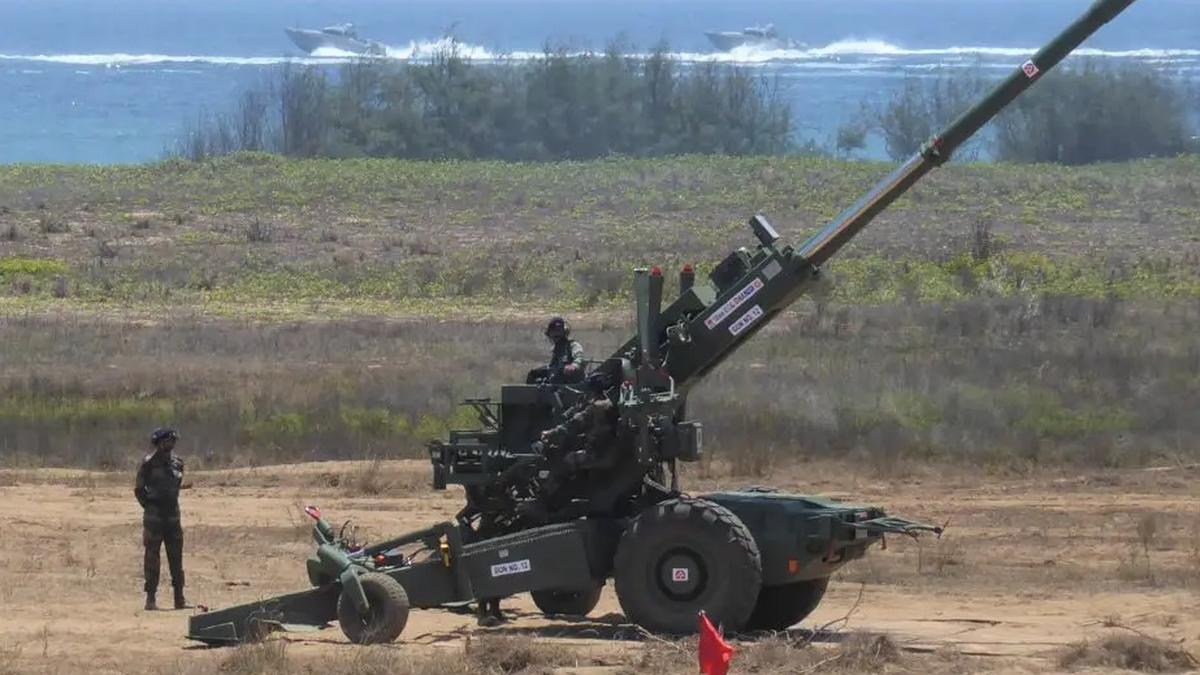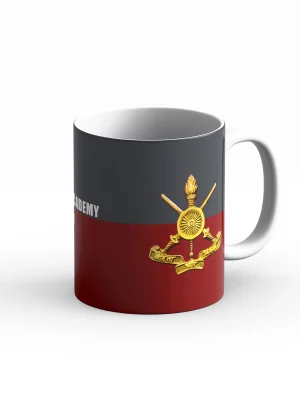In a major setback to India’s artillery modernisation programme, the Indian Army has formally rejected a batch of upgraded Sharang 155mm/45-calibre artillery guns produced by state-run Advanced Weapons and Equipment India Limited (AWEIL), citing critical quality deficiencies.
Of the 300 guns contracted, AWEIL delivered 159 units before reports emerged of inconsistent metallurgy, barrel performance issues, sub-standard machining, and failure to meet accuracy and safety standards during trials. The Army has placed the remaining 141 guns on indefinite hold following a technical audit that confirmed the shortcomings.
Sharang Upgrade Programme Under Scrutiny
Launched in 2018, the Sharang project aimed to extend the life of legacy Soviet-era 130mm M-46 guns, converting them into 155mm/45-calibre systems with a range of up to 39 km and compatibility with indigenous ammunition. The upgrade was positioned as a cornerstone of India’s artillery rationalisation plan, which sought to streamline logistics and standardise calibres.
However, the rejection of the guns raises serious questions about AWEIL’s quality control and the reliability of public-sector-led defence modernisation projects.
Operational and Strategic Impact
For the Army, the decision delays the induction of upgraded medium artillery into critical formations, creating potential capability gaps along sensitive borders. The setback also increases pressure on parallel programmes such as:
- The Dhanush 155mm/45-calibre howitzer induction.
- The private-sector developed ATAGS 155mm/52-calibre system.
Analysts warn that these delays could slow India’s goal of achieving a standardised medium artillery inventory by 2030.
Next Steps
The Ministry of Defence is expected to initiate a detailed review of AWEIL’s production line, with options ranging from penalties and contract renegotiation to potential blacklisting, depending on findings.
Meanwhile, the Army is likely to push for accelerated induction of ATAGS and explore additional Dhanush orders to fill the shortfall, alongside stopgap measures to ensure frontline artillery regiments remain adequately equipped.













